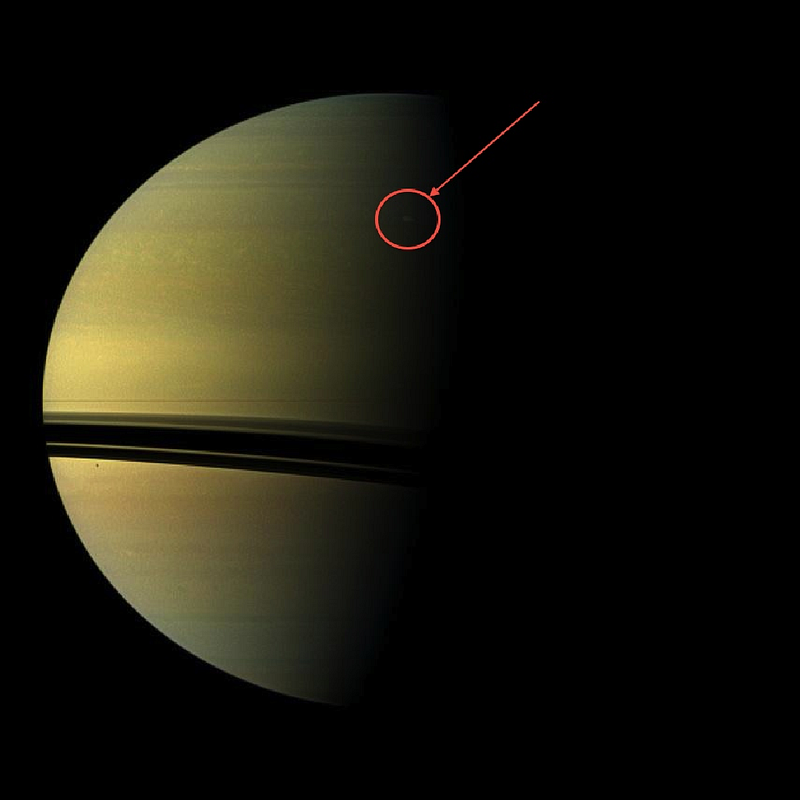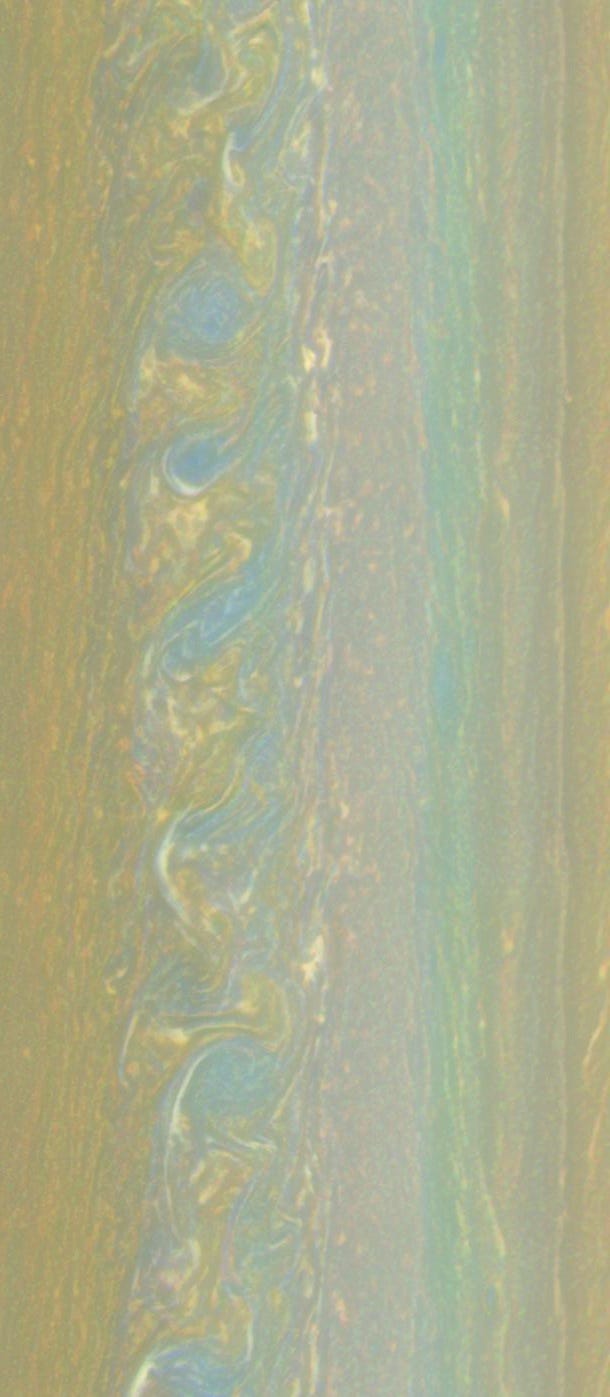What was the biggest storm in our Solar System’s history?

It’s bigger than anything on Earth. Hell, it’s bigger than Earth!
“More days to come / new places to go
I’ve got to leave / it’s time for a show
Here I am / Rock you like a hurricane!” –The Scorpions
On Earth, hurricanes can span hundreds of miles, bringing devastation wherever they land.

But on our Solar System’s gas giants, storms can far surpass anything ever seen on Earth.

At Saturn’s north pole, inside the two-Earth-sized polar hexagon, a hurricane nearly 2000 kilometers wide rages, with wind speeds over 500 kilometers-per-hour (320 mph).

On Jupiter, the great red spot, seen for over 350 years, could fit between 2-and-3 Earths inside of it, with winds exceeding 430 kph (267 mph).

But from December of 2010 to August of 2011, the largest storm of all occurred on Saturn.

For over 200 days, this Saturnian hurricane raged, maintaining its head until May.

It came to encircle the entire planet, as methane-poor tail end (in blue, false color) stands out against the methane-rich (in red) remainder.

Viewed 11 hours (1 Saturn-day) apart, we determined the hurricane migrates across Saturn at 100 kph (60 mph).






These storms have occurred every 20–30 years since first seen in 1876, as hot air rises, cools and falls.

2011′s was the largest of all, large enough to contain ten-to-twelve Earths, but may be surpassed next time: in the 2030s.
Mostly Mute Monday tells the story of a single astronomical phenomenon or object primarily in visuals, with no more than 200 words of text.
This post first appeared at Forbes, and is brought to you ad-free by our Patreon supporters. Comment on our forum, & buy our first book: Beyond The Galaxy!





